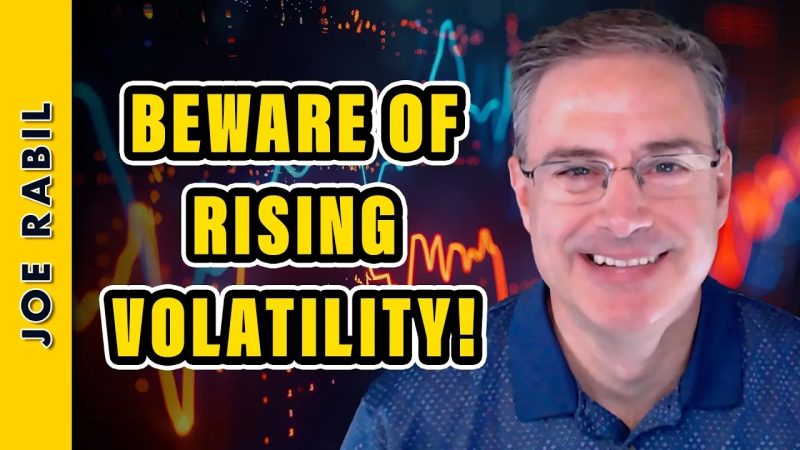Rising Volatility: Navigating Turbulent Waters in the Current Market
Understanding the Impact of Rising Volatility on Investment Strategies
With the recent surge in market volatility, investors are facing a more uncertain landscape in which to navigate their investment decisions. The current market environment is characterized by rapid fluctuations in asset prices, leading to increased uncertainty and risk for market participants. In this article, we delve into what rising volatility means for the current market and how investors can adapt their strategies to navigate these turbulent waters effectively.
The Impact on Asset Prices and Market Sentiment
Rising volatility can have a significant impact on asset prices, as heightened uncertainty and fluctuations in market sentiment can lead to sharp movements in stock prices, bond yields, and other investment vehicles. Investors may find it challenging to determine the fair value of assets in such an unpredictable environment, leading to increased market inefficiencies and opportunities for traders to capitalize on short-term price movements.
Moreover, rising volatility can also exacerbate market sentiment, with fear and uncertainty driving investors to make hasty decisions based on short-term market trends rather than long-term fundamentals. This can create a self-reinforcing cycle of volatility, further complicating the investment landscape and potentially leading to irrational market behavior.
Strategies to Navigate Rising Volatility
To successfully navigate rising volatility in the current market, investors need to adopt a more proactive and adaptive approach to their investment strategies. Here are some key strategies to consider:
1. Diversification: Diversifying your investment portfolio across different asset classes and sectors can help reduce risk and mitigate the impact of rising volatility on your overall returns. By spreading your investments across a range of assets, you can buffer against sharp price movements in any single market.
2. Risk Management: Implementing robust risk management techniques, such as setting stop-loss orders and monitoring portfolio volatility, can help protect your investments from significant downside risk during periods of increased market turbulence. It is essential to have a clear understanding of your risk tolerance and adjust your investment strategy accordingly.
3. Long-Term Focus: While rising volatility may tempt investors to make impulsive decisions based on short-term market trends, maintaining a long-term perspective is crucial for achieving sustained investment success. By focusing on the underlying fundamentals of your investments and staying committed to your long-term financial goals, you can weather the ups and downs of the market with confidence.
4. Active Monitoring: Keeping a close eye on market developments and staying informed about macroeconomic trends can help you identify potential opportunities and risks in a volatile market environment. Regularly reviewing your investment portfolio and adjusting your positions based on changing market conditions can help you stay ahead of the curve and optimize your investment returns.
In conclusion, rising volatility in the current market presents both challenges and opportunities for investors. By understanding the impact of volatility on asset prices and market sentiment, as well as adopting proactive strategies to navigate turbulent waters, investors can position themselves for success in an unpredictable investment landscape. By diversifying their portfolios, managing risk effectively, maintaining a long-term focus, and actively monitoring market developments, investors can navigate rising volatility with confidence and achieve their financial goals in the long run.

